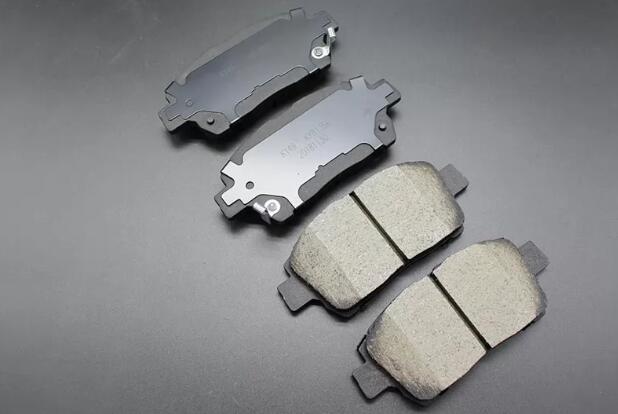We talked about brake’s signs trouble a couple of blogs back but let’s zero in on the brake pads in this blog post. Brake pads are so important that if you replace them when necessary, you maintain the life of other more expensive brake parts much longer, which saves you a lot of dough in the end. Your brake pads will tell you when their surface is getting too low. You need to know what the signs are, and guess what? YAOLUN is going to list those signs below!

Brake pads are basically a steel backing with about 8 mm to 12 mm of pad surface on top. Every time you apply your brakes, the pads press against the rotors to generate friction. The friction, in turn, creates the kinetic energy that the brakes need to stop your car. However, this necessary friction between the pads and rotors causes the pads to wear down just a little each time you use the brakes.
Manufacturers place pad wear indicators in the pads at a certain depth to give drivers plenty of warning that the brake pads are getting too low. These indicators work to turn on the ABS or brake dashboard warning light once the pads have been worn down to the indicator. This attracts attention because the brake light would not turn on unless the parking brake is set.
Another way brake pad indicators work is to make a sound when it’s time to replace the brake pads. In most cases, the brake pads will squeal as you pick up speed and drive. This squealing will stop once you step on the brakes to slow down and stop. This sound pattern helps to alert you to the pads rather than something going on in the engine. If you hear a grinding sound, your pad surface has worn off.
Unlike the squealing sounds, you’ll hear the grinding sounds when you apply the brakes. What you’re listening to is the steel brake pad backings pressing against the metal rotors. Because there is no brake pad surface left, the metal surfaces grind against each other, and your vehicle may also shudder or vibrate. As you can imagine, this metal-on-metal contact can severely damage the rotors.
Don’t wait to replace your brake pads. We’d be happy to measure your brake pad depth and replace them if necessary.
Copyright:@2020-2021
Comments Please sign in or sign up to post.
0
0 of 500 characters used